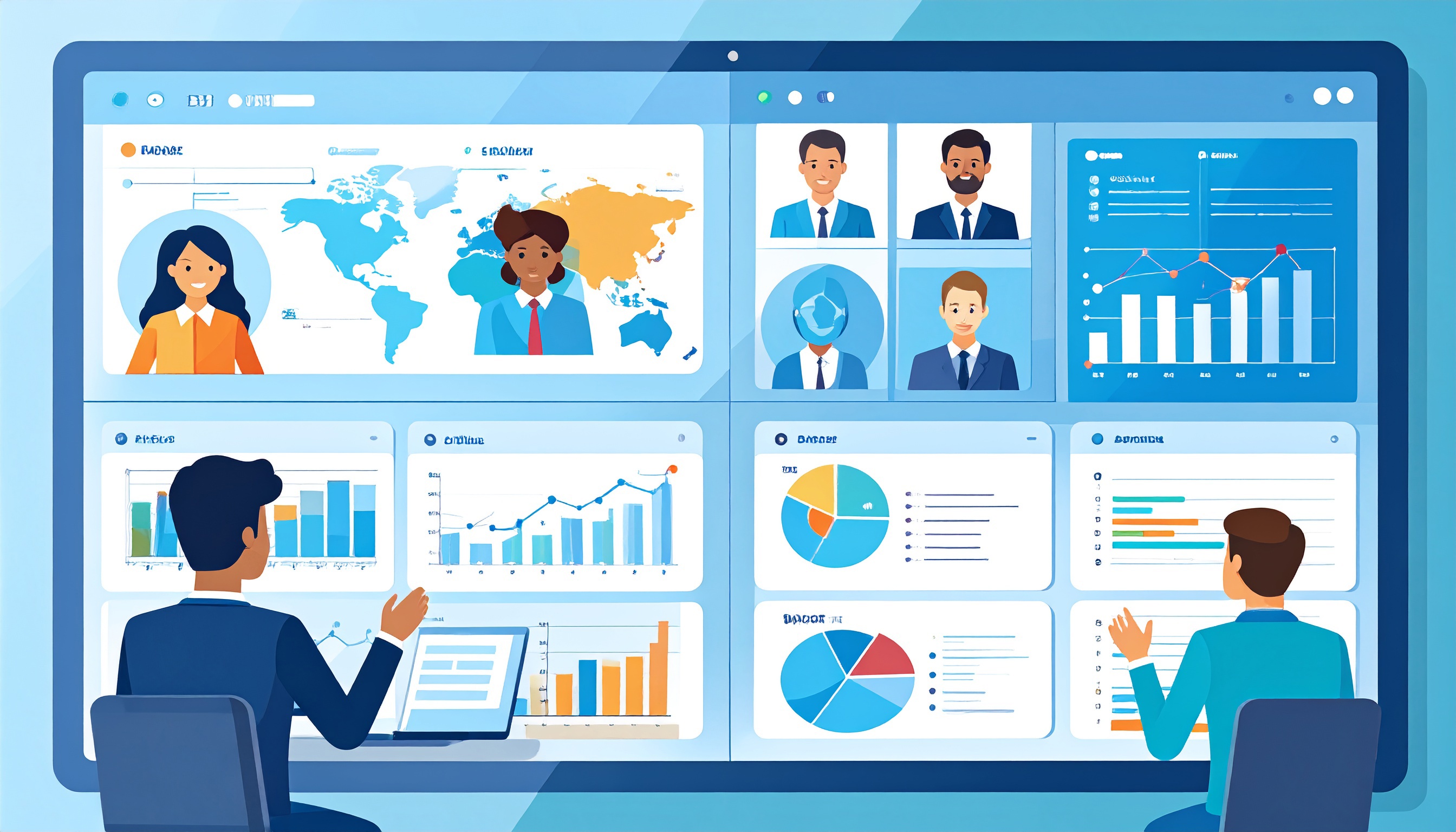
Human Resource Management Systems (HRMS) have become essential tools for businesses aiming to simplify HR operations. The right HRMS features not only automate repetitive tasks like payroll and attendance but also enhance employee engagement, compliance, and overall efficiency. This blog explores the must-have HRMS features that help organizations stay competitive, reduce errors, and improve workforce productivity.

At its core, an HRMS is software designed to manage human resources and related processes. The features of HRMS provide an integrated platform where companies can handle employee records, payroll, recruitment, performance, and compliance seamlessly. By reducing manual work, HRMS allows HR professionals to focus on strategic initiatives rather than routine tasks.
This feature creates a centralized database that securely stores employee details—personal info, job history, documents, and contracts. A well-structured employee profile system ensures quick access and accuracy.
One of the most critical HRMS features is payroll automation. It calculates salaries, deductions, and bonuses while ensuring compliance with tax laws. Automated payroll reduces errors and saves significant time.
Modern HRMS systems integrate biometric devices or mobile apps to log employee hours. Features like shift scheduling, overtime calculation, and leave tracking help businesses maintain transparency and reduce disputes.
The recruitment module simplifies job posting, candidate tracking, and applicant evaluation. An onboarding workflow ensures new employees quickly adapt by automating documentation and orientation tasks.
With performance tracking tools, HR teams can define KPIs, schedule appraisals, and generate reports. These HRMS features provide real-time insights into employee productivity and areas for improvement.
An advanced HRMS includes training modules that help employees upskill. Features like e-learning, progress tracking, and certification management encourage continuous development.
Every business must comply with labor laws, taxation policies, and workplace regulations. HRMS platforms track compliance deadlines and secure sensitive employee information with role-based access controls.
Employee self-service portals empower staff to access payslips, apply for leaves, and update personal information. This reduces HR workload and gives employees greater autonomy.
Selecting the right HRMS features translates into:
Reduced manual work and errors
Improved compliance and data security
Better decision-making with analytics
Enhanced employee experience
Cost savings in the long run
When evaluating HRMS software, consider factors such as:
Business size and industry requirements
Integration with existing systems
Scalability for future needs
User-friendly interface
Vendor support and updates
The right set of HRMS features can revolutionize how businesses manage their workforce. From payroll automation to performance management, each feature plays a critical role in streamlining HR tasks. Companies that embrace advanced HRMS technology not only save time and costs but also create a more engaged and satisfied workforce.
👉 If you’re exploring HRMS solutions, check out Agrim Vision’s HRMS services to experience a powerful platform built for modern businesses.